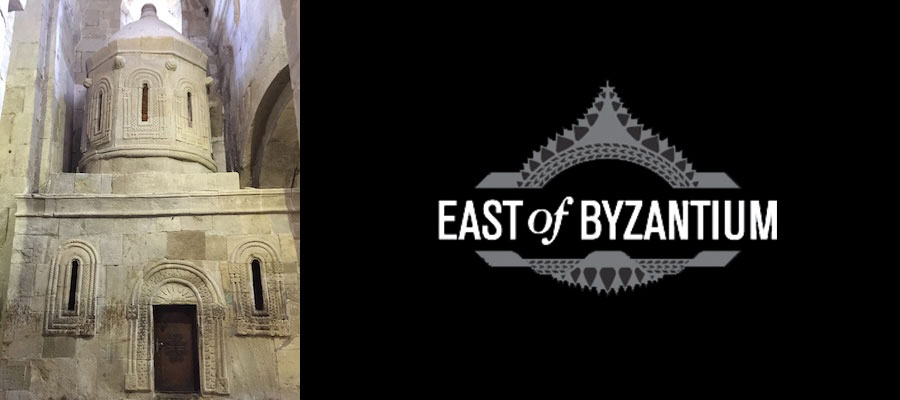Pilgrimages to the Holy Land are a well-documented phenomenon of Late Antique Christian belief and we are accustomed to reading about the experience of walking in the footsteps of Christ through the testimony of early witnesses such as Egeria. After the Islamic conquests and the loss of Jerusalem to the Arabs, there were periods when it became more difficult to undertake such travels and by the Middle Ages the concept of pilgrimage was re-framed so that it could also mean an interior journey undertaken by a meditative process such as the navigation of the labyrinth at Chartres Cathedral.
However, across the Middle East and Caucasus, liturgical texts and rare poorly-understood survivals of early liturgical furniture suggest a range of processes for re-imagining Jerusalem both within churches or by imprinting the loca sancta upon a wider regional landscape. This lecture will introduce some of the ways that believers recreated the rituals of Jerusalem pilgrimage without leaving their hometowns and villages. It will introduce examples from Syria and Georgia in Late Antiquity and the Middle Ages, and encourage future research in this widely under-studied area of ritual practice.
This lecture will take place live on Zoom, followed by a question and answer period. Please register to receive the Zoom link.
An East of Byzantium lecture. EAST OF BYZANTIUM is a partnership between the Mashtots Professor of Armenian Studies at Harvard University and the Mary Jaharis Center that explores the cultures of the eastern frontier of the Byzantine empire in the late antique and medieval periods.
